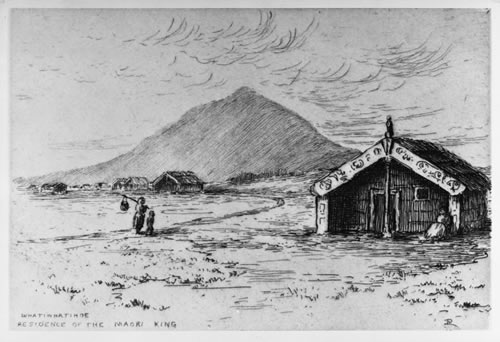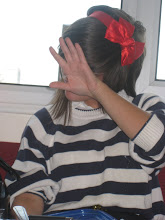
This etching of Whatiwhatihoe, the residence of the Maori King, was made by Edward Payton about 1887. Mt Pirongia can be seen in the background.
After looking about for more information in etching, I came across lots of jewellery that had been etched onto. This is probably the most common way of seeing it?
Here is the original image and then it put onto tracing paper ready to be exposed onto the plate...


Here is my copper plate before...

Theres' 2 ways of approaching photo etching, you can either print from the tones left on the plate from exposing the photo and plate to the light, which means you can then re-use the plate, getting rid of the print before. Or place the plate into an acid bath, etching your photo actually onto the plate, giving you a print tool forever.
Although we didnt etch this week, we made prints from the tonal one...and now will etch next week.
Most of the print techniques so far seem very time consuming, in their preperation, but the textures, thin/thickness and style of line have a quality like no other. It makes the work feel so much more personal and alomst special... each piece seems unique.
Here are some prints achieved with the plate as it was. It was a messy procedure with the sticky paint! Also you need to wet paper and dry it a little before you put it through the press, this draws the paint/ink out of the copper plate where you have put it...






No comments:
Post a Comment